VIDEOCLOOP Curated Programmes
- A project by LOOP
- Project managers
- Carolina Ciuti
- Contact
- [email protected]
An open platform hosting online curated programmes of films and videos by established and upcoming visual artists, or an alternative way to browse the VIDEOCLOOP Archive.
This section stems from a reflection upon the modes of distribution and reception of the moving image in the Internet era. Hosting curated programmes conceived either as thematic explorations or monographic surveys, it aims at giving access to rarely seen works by artists, while bringing mediation theory and practice online.
As an alternative way to consult the VIDEOCLOOP Archive, the curated programmes are uploaded on a regular basis, and occasionally accompanied by screening events in and outside Barcelona. Through the invitation of international collaborators, the platforms mirrors the idea that LOOP is an open platform for dissemination and cooperation which can exist live and online.
Recently, the section has also come to host temporary programmes with works from internationally recognised platforms and specifically focusing on the dissemination of time based art. An example of sort, is the KVL – VIDEOCLOOP Initiative conceived with Kadist Foundation, or the series of online exhibitions specifically set up for the LOOP Festival 2020.
Current programme
-
 The Wake
The Wake -
 67 Bows
67 Bows -
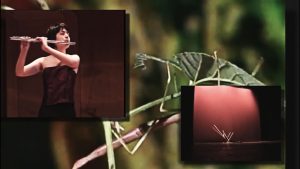 An Aleatory History of The Stick
An Aleatory History of The Stick
-
Loading video, please wait
- 00:00
Dana Levy, The Wake , 2012.
-
Loading video, please wait
- 00:00
Nira Pereg, 67 Bows, 2006.
-
Loading video, please wait
- 00:00
Michael Linares, An Aleatory History of The Stick, 2016.
About this programme
Western culture has made unquestionable the distinction between natural beings and cultural beings but this selection of videos shows an anthropological approach to the so-called natural world and especially animals. It is a composition of absurd and poetic situations regarding the relationship between humans and nature through play and games.
The group show in GlogauAIR’s project space displays a selection of video artworks that question, in a humourous tone, the capabilities of non-human animals to think symbolically and how that relates to a biological perspective. Observing animals through the lens of games and play gives a sense of absurdity in which repetitive gestures can appear like costumes or rituals.
The seriousness of the concepts of purpose and intentionality can invoke the ‘Theory of Mind’. The Theory of Mind, as explained by Tijs Goldschmidts – a Dutch writer and evolutionary biologist who questions the text ‘Homo Ludens’ by Johan Huizinga – explains the Theory of Mind as the ability to attribute mental states (beliefs, intents, desires, pretending, knowledge, etc…) to oneself and others and to understand that others have beliefs, desires, and intentions that are different from one’s own, creating a sense of self-awareness.
The video ‘The wake’ confronts life and death in a gesture of beautiful revolution against the stillness and violence of cases and drawers filled with butterflies.
‘An Aleatory History of The Stick’ shows the range of uses, functions or possibilities of a simple stick. The stick evokes a sense of playfulness to a point of virtuosity that questions the origins of human instinct for exploring, playing and interacting with the world. Perfection, technique and technology point to culture, religion, traditions and rites in which the stick acquires a symbolic entity. Michael Linares leads us on a tour through archival and found footage to confront these thinly blurred – distinctions with an amazing sound composition that takes us on an anthropological, sociological and ethnographic journey.
‘67 Bows’ was shot at the Karlsruhe Zoo, in Germany, during the winter of 2006. A group of flamingos are kept indoors in an artificial lakeside environment crouch together at the sound of gunshots mimicking the choreography of a surreal dance and showing the social adaptability and instincts of individual preservation repeated in the flock of birds.
‘Animal Games’ can also be seen as an epistemological overview of the studies around animal games and culture in relation to other scientific fields. This ‘play instinct’ can also be found in art: an artist’s studio is often a room full of games, riddles, and rules to break inside and outside of the art world, as well as creations and social organisations.
This exhibition is produced in collaboration with LOOP, a Barcelona-based platform dedicated to the study and promotion of the moving image. GlogauAIR’s curatorial team selected artworks from the video art platform VIDEOCLOOP, which is an archive to support and make visible video artists from around the globe.
Video programmes
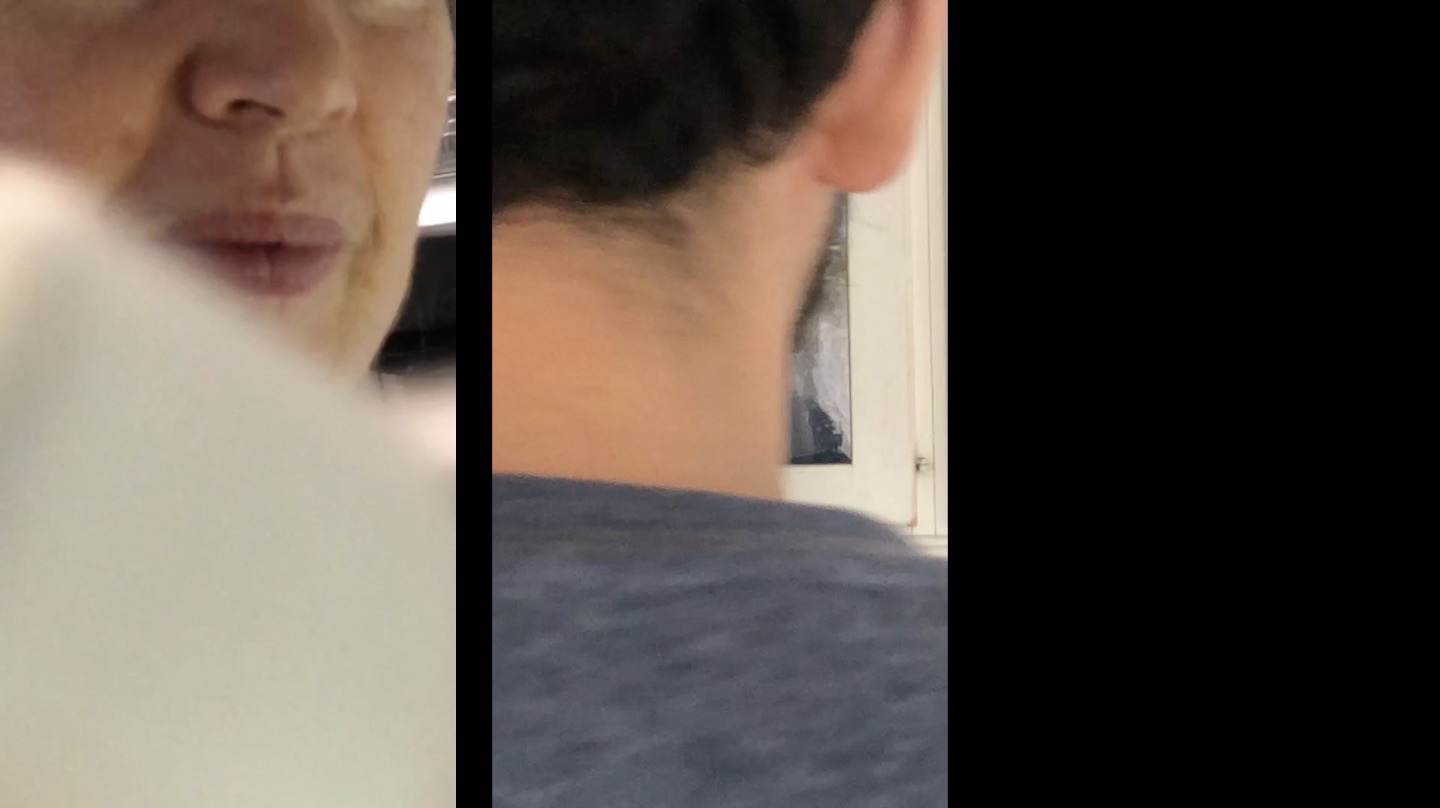
‘How To Tell A Story’?
By associazione culturale Urbs Picta
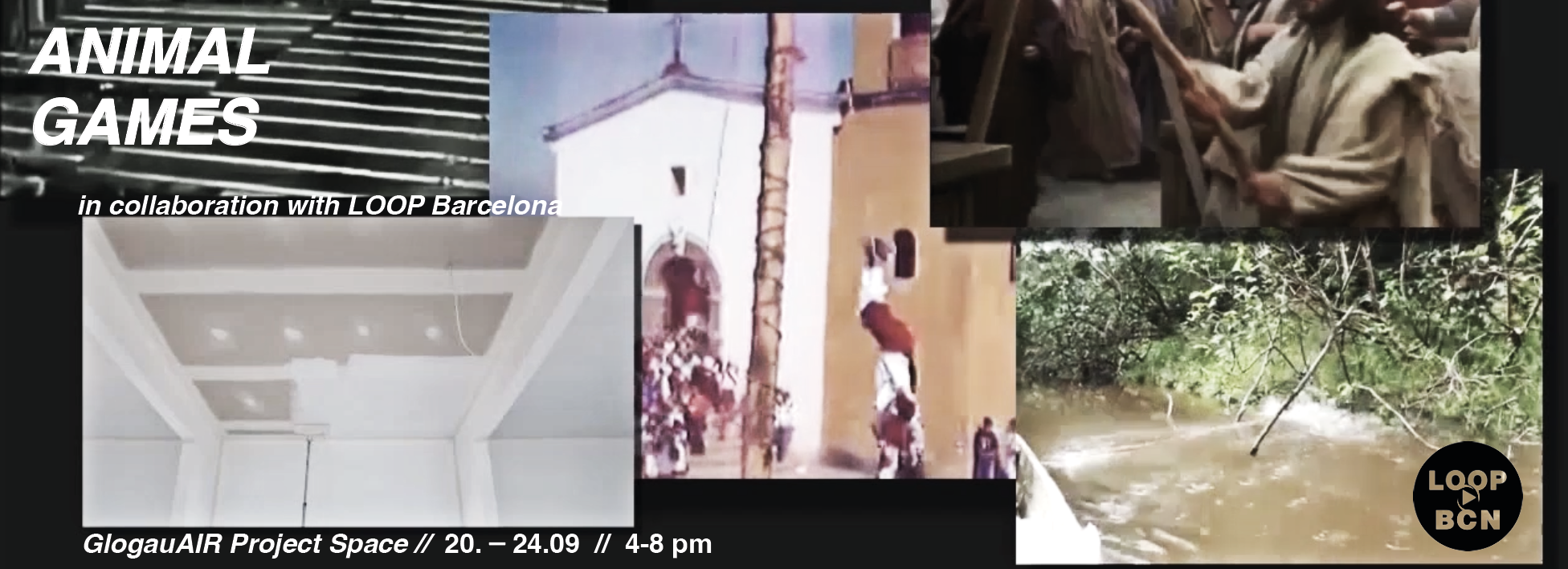
Animal Games
By Laura Olea López and Suzy Royal

Hicham Berrada. ‘Concordance des temps’
By Pascale Cassagnau
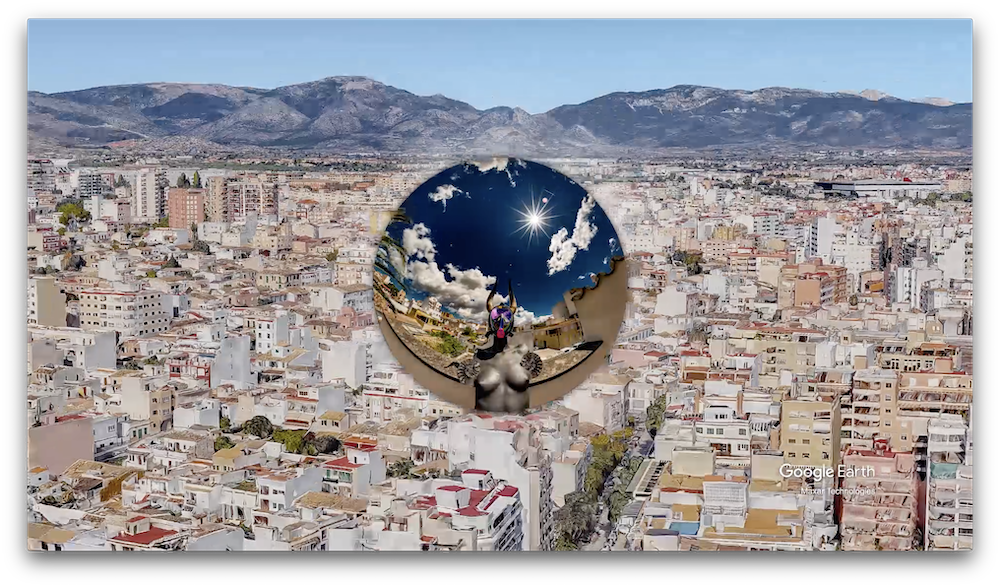
Gabriel Lacomba ‘#crònicapandèmia’
By Jaume Reus
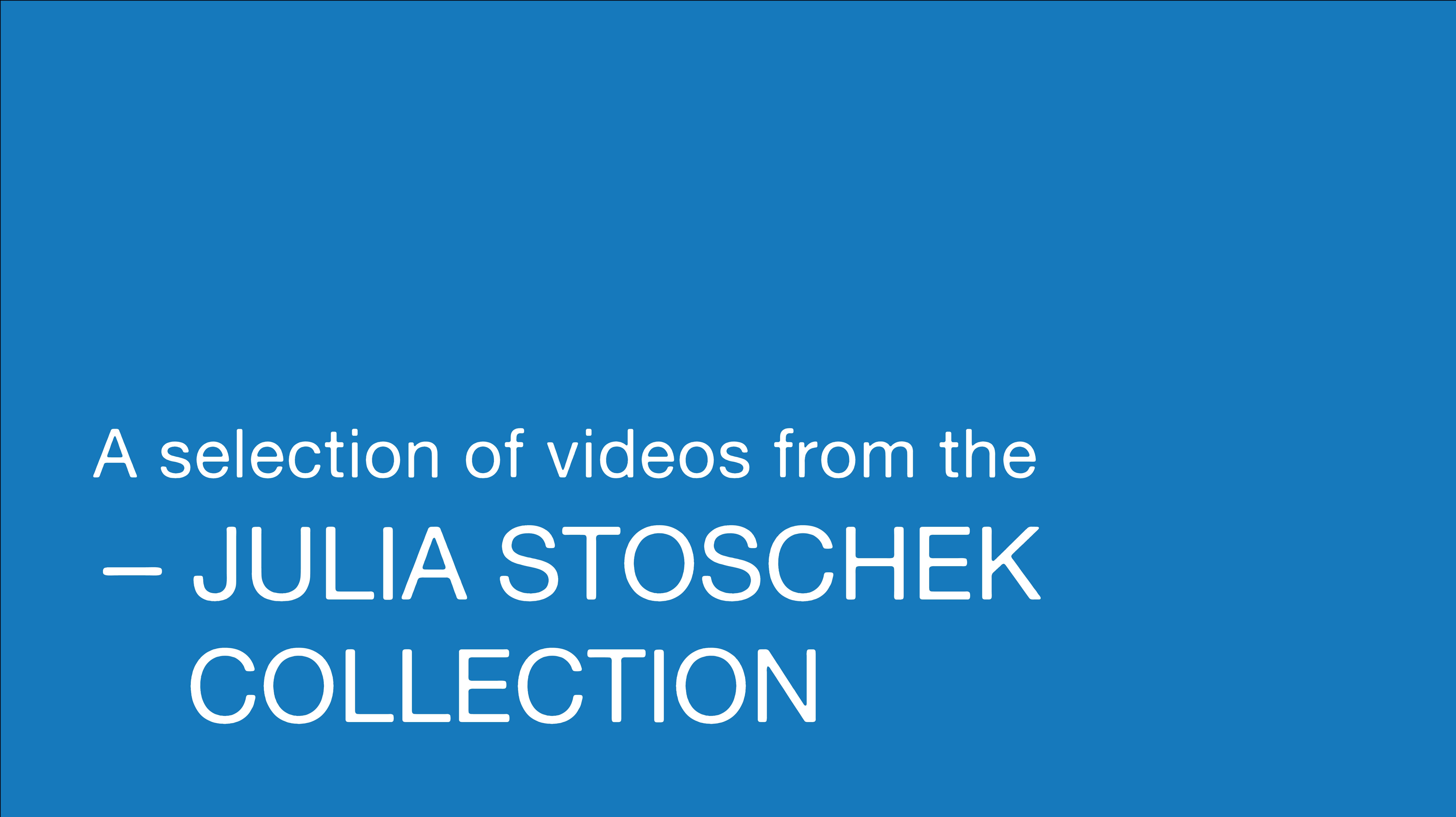
Cao Fei for LOOP
By Hans Ulrich Obrist and Cao Fei
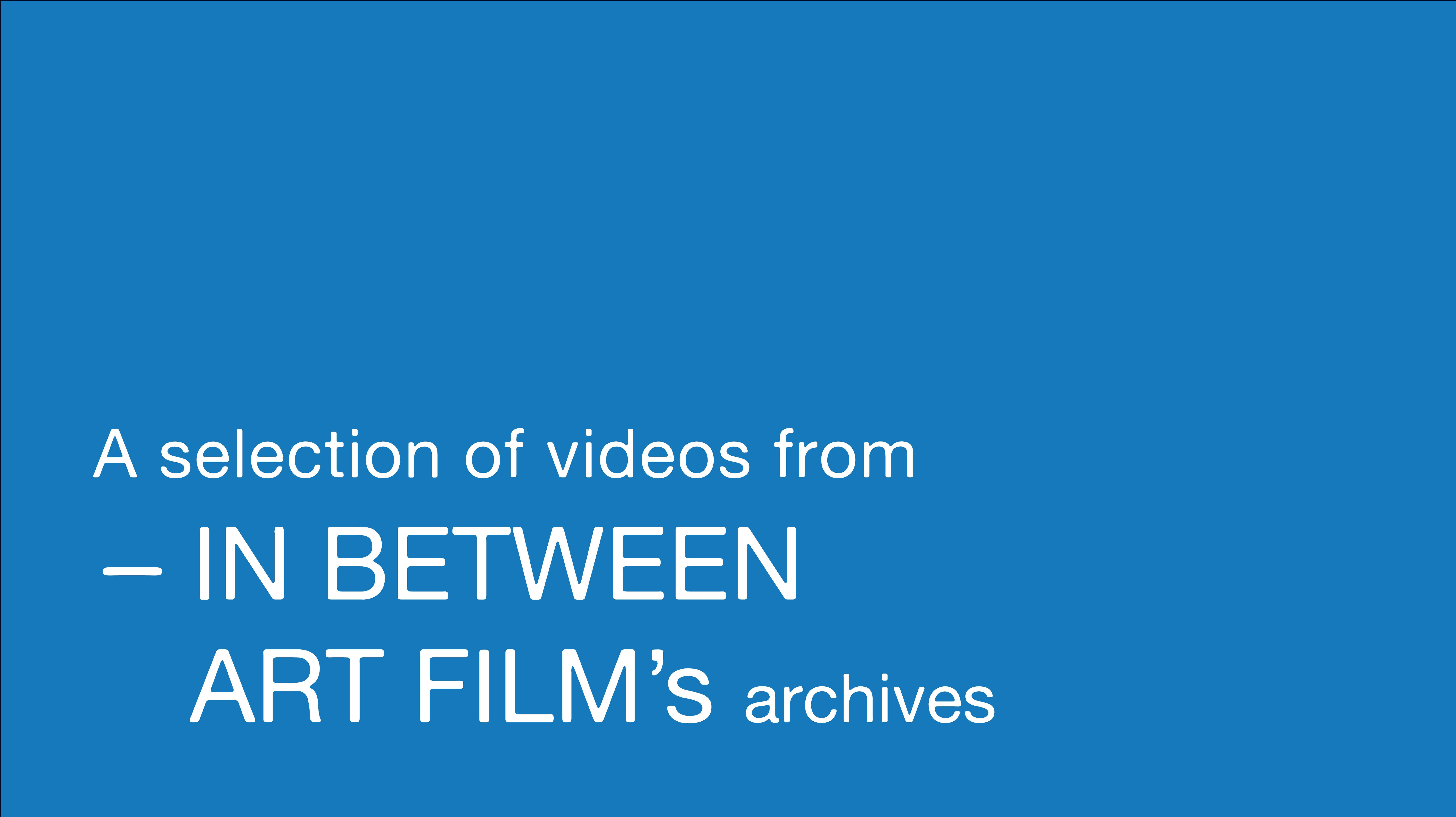
“Time Passed like a Courier with Urgent News”
By Carolina Ciuti
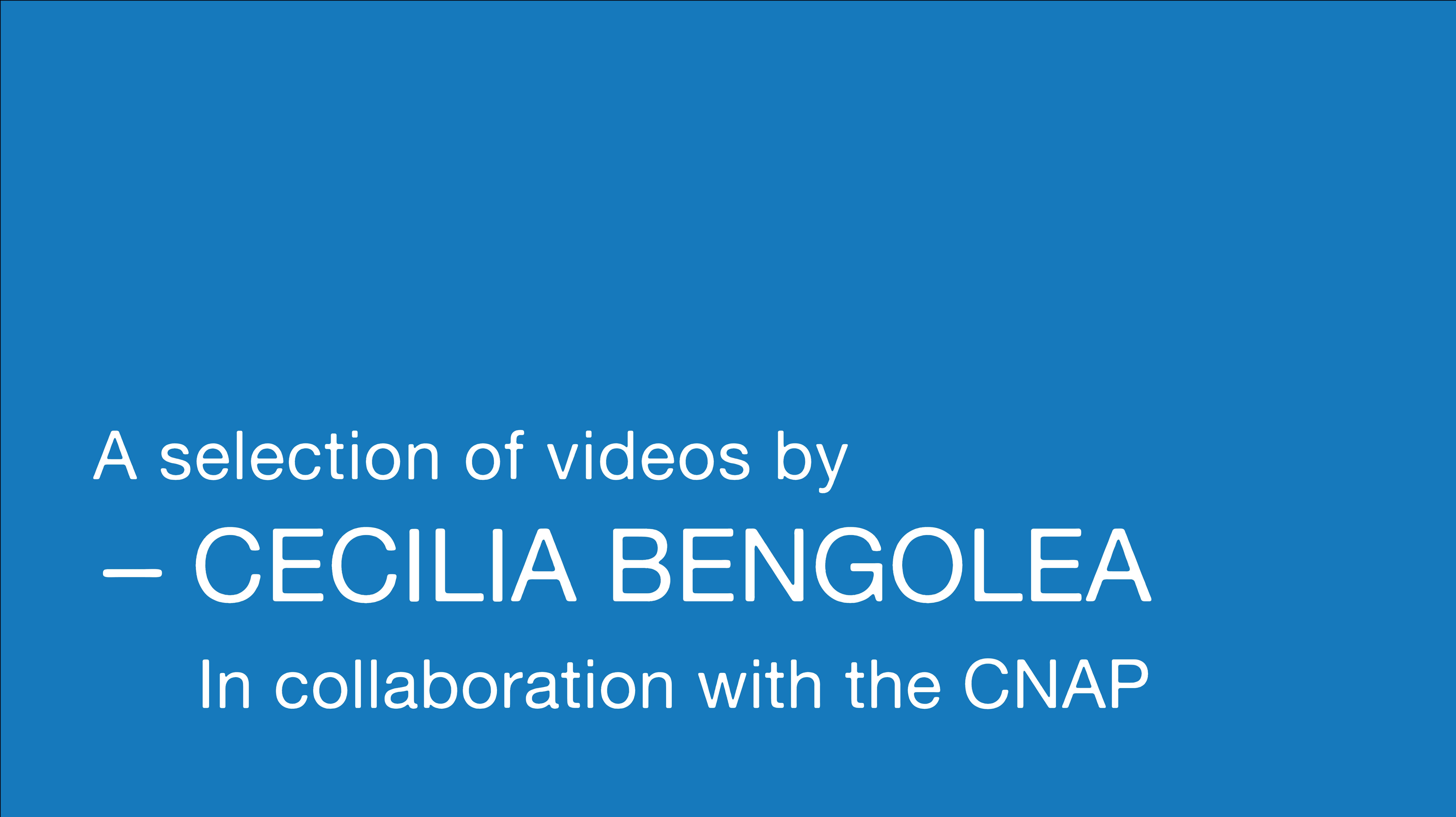
The Dancing States of the Political Body
By Pascale Cassagnau

Watery Witnesses
By Daniela Zyman and Soledad Gutiérrez
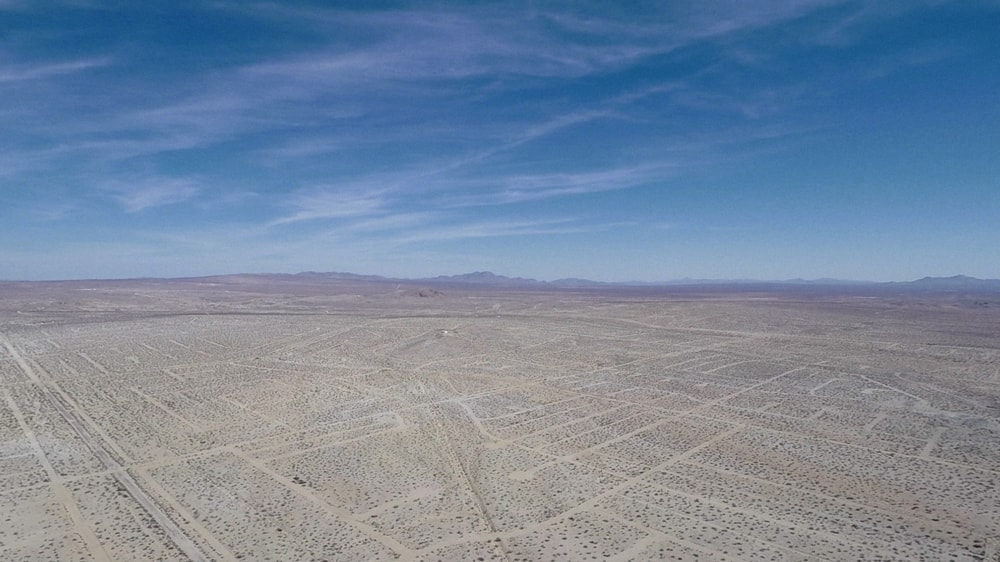
As Soon As If It Was Not
By Pedro Torres
